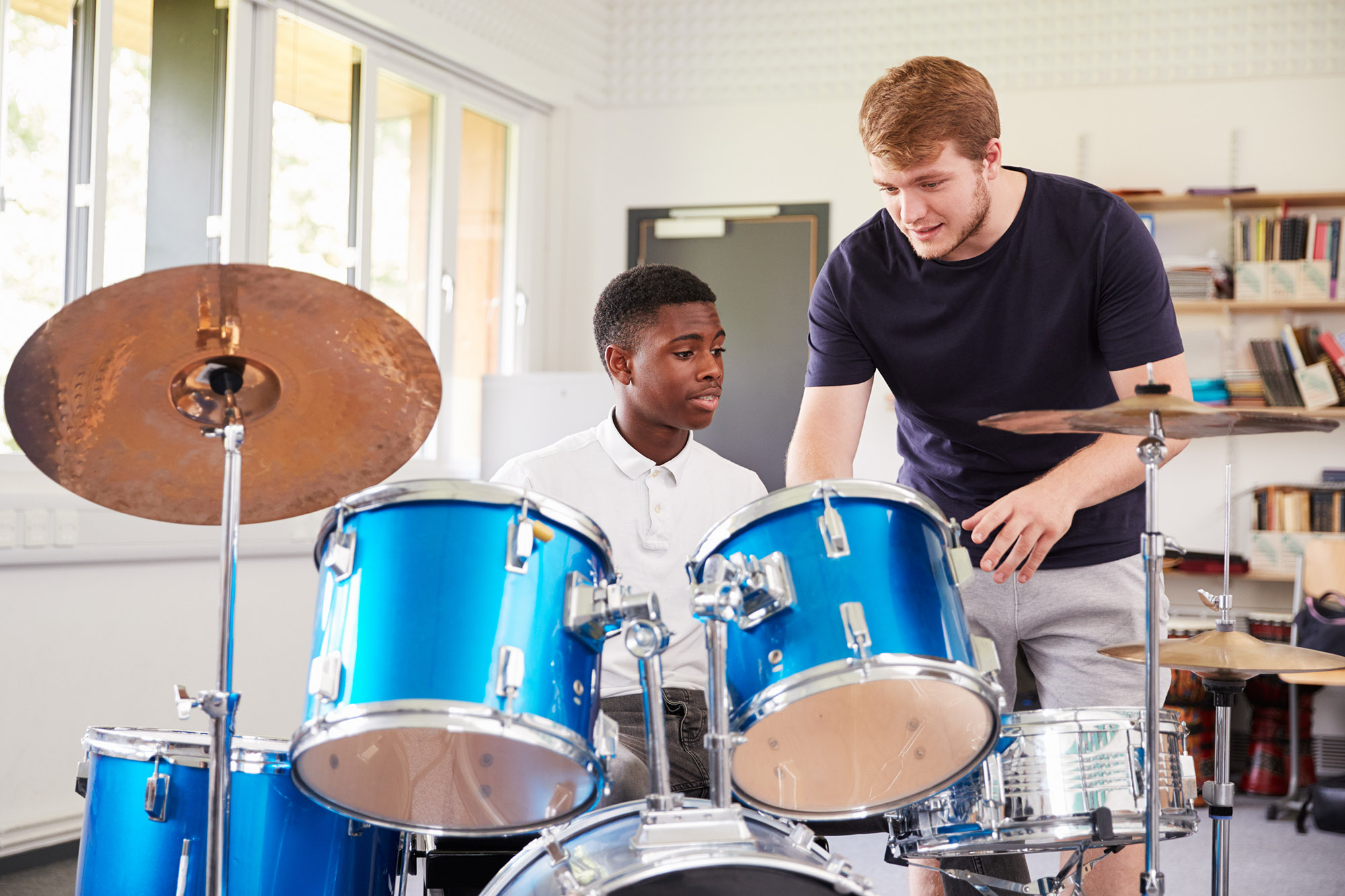Drumming is one of the oldest forms of musical expression known to humanity. From tribal rituals and religious ceremonies to modern rock bands and orchestras, drums have always had a powerful role in shaping rhythm and bringing people together. While one-on-one drum instruction has its merits, group drum lessons offer a unique and often transformative experience. These sessions aren’t just about learning technique—they’re about connection, collaboration, and collective rhythm.
Whether you’re a beginner eager to explore percussion or a seasoned player seeking community, group drumming can offer an enriching musical journey. Let’s dive into what makes group drum lessons so effective and enjoyable.
The Collective Energy of Group Drumming
One of the most compelling reasons to choose group drum lessons is the shared energy that arises when multiple people beat in rhythm. There’s a natural excitement that fills the room as everyone works toward a common musical goal.
Unlike solitary practice, group lessons stimulate both musical motivation and social interaction, creating a dynamic learning environment. The synergy of multiple drummers playing together often leads to faster learning and a deeper understanding of rhythm, syncopation, and timing.
Who Can Join Group Drum Lessons?
The beauty of group drum sessions lies in their inclusivity. People from all walks of life and skill levels can benefit from them.
Beginners
Group lessons provide beginners with a comfortable, less intimidating environment. Learning alongside others reduces pressure and allows for mutual encouragement.
Intermediate and Advanced Players
More experienced drummers can enjoy the challenge of complex group rhythms, polyrhythmic patterns, and ensemble coordination.
Children and Teens
Young students particularly benefit from the fun and interactive nature of group learning. It fosters creativity, discipline, and teamwork—all within an engaging format.
Adults and Seniors
It’s never too late to pick up drumming. For adults and retirees, group drum lessons can be a joyful outlet for self-expression and stress relief.
Types of Group Drum Lessons
Traditional Drumming Circles
These often focus on African, Latin, or indigenous percussion instruments such as djembes, congas, or bongos. Participants learn call-and-response patterns, layered rhythms, and cultural history through a community-based experience.
Modern Drum Set Workshops
These group classes are typically structured around standard drum kits. Participants take turns practicing on full kits while learning together through demonstrations, theory, and shared practice routines.
Ensemble Drumming
Ensemble lessons may include a mix of percussion instruments, focusing on how each part fits into a larger rhythmic composition. This style builds listening skills and ensemble awareness.
School and Community Programs
Many schools, community centers, and clubs offer group drumming as part of music education. These classes often incorporate fun rhythm games and cooperative exercises designed to teach music theory and coordination.
Benefits Beyond the Music
Group drum lessons go far beyond simply learning how to strike a snare or maintain a beat. The benefits are psychological, emotional, and social.
Improved Listening and Communication
Drumming in a group requires you to listen carefully to others. This skill builds musical awareness and also improves general communication, especially in young learners.
Team Building and Cooperation
Each drummer contributes to the collective rhythm. This cooperative learning environment builds respect, patience, and unity. It’s a great team-building tool for schools, organizations, and even corporate settings.
Stress Relief and Emotional Expression
Rhythmic movement and coordinated drumming have been shown to reduce stress hormones. Many find group drumming meditative and therapeutic, helping participants release tension and connect emotionally through rhythm.
Confidence and Public Performance
Group settings allow students to practice performing in front of others in a supportive environment. This boosts confidence and prepares them for more formal performances or jam sessions.
What to Expect in a Group Drum Lesson
Warm-Up and Rhythm Exercises
Most lessons begin with rhythmic warm-ups, hand coordination drills, and technique refinement. This helps align the group and get everyone into a focused state.
Learning New Patterns
Instructors may introduce specific patterns or grooves, guiding the group through repetition and practice.
Layered Group Playing
Participants are often divided into sub-groups, each playing different parts of a rhythm. This technique develops listening and ensemble coordination.
Improvisation and Solo Time
Many classes allow for freestyle drumming or solos, giving individuals the chance to express themselves while still supporting the overall groove.
Cool Down and Reflection
Sessions often end with light drumming and a brief discussion. Participants can reflect on what they learned and how they felt, reinforcing both skill and connection.
Tips for Making the Most of Group Drum Lessons
- Arrive Early: Give yourself time to set up and settle in.
- Stay Open-Minded: Embrace the experience, even if you’re outside your comfort zone.
- Listen as Much as You Play: Drumming is as much about hearing others as it is about producing sound.
- Ask Questions: Don’t be afraid to ask your instructor or peers for clarification or guidance.
- Practice Outside Class: Reinforce your skills with solo practice between sessions.
Drumming Together, Learning Together
There’s something primal and powerful about playing drums in a group. It connects us not only to music but also to each other. Whether you’re looking for a fun hobby, a way to de-stress, or a serious musical pursuit, group drum lessons offer an accessible and rewarding path.
As you progress in a group setting, you’ll find that rhythm becomes second nature—not just a musical skill, but a way of feeling and communicating. Through shared beats, every drummer contributes to a collective experience far greater than any solo performance.
So, grab your sticks or hand drum, find your rhythm, and join the circle. The music is already playing—you just have to add your beat.




